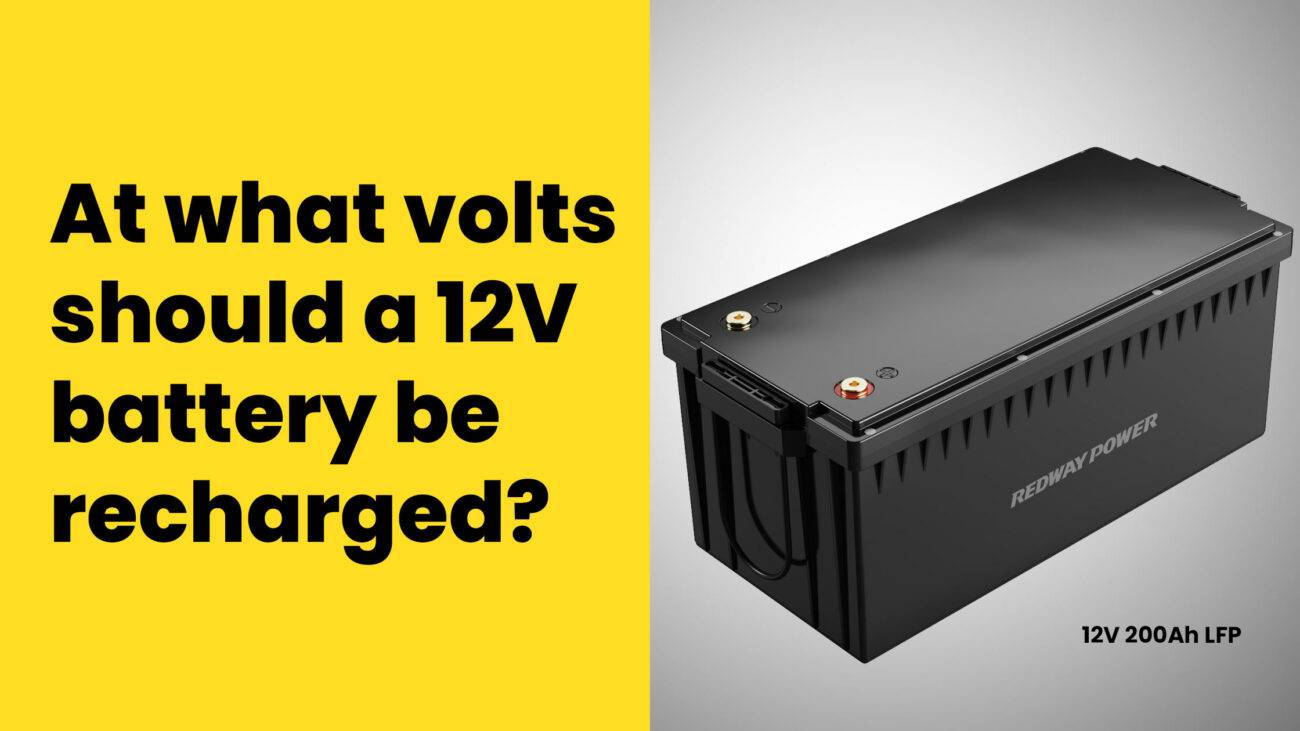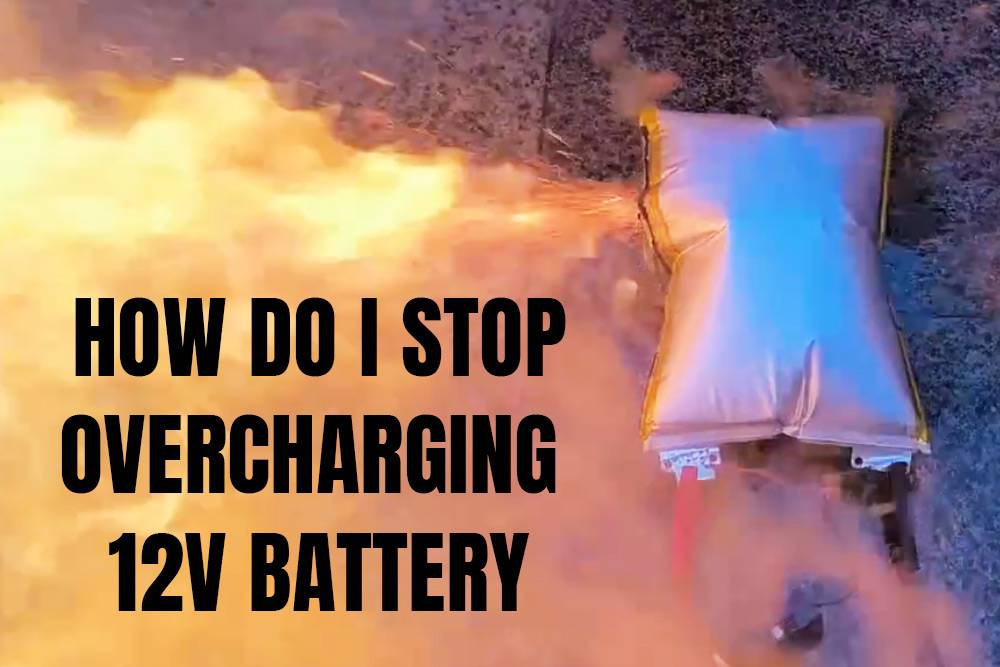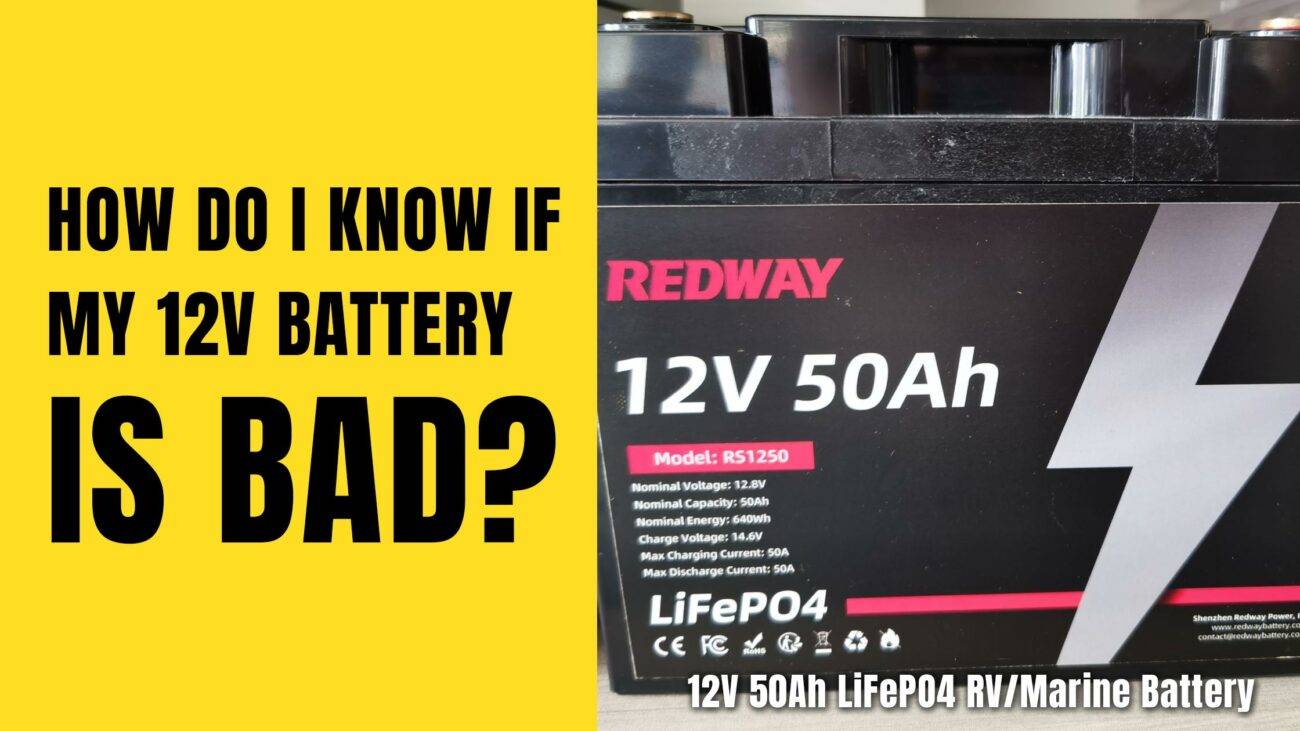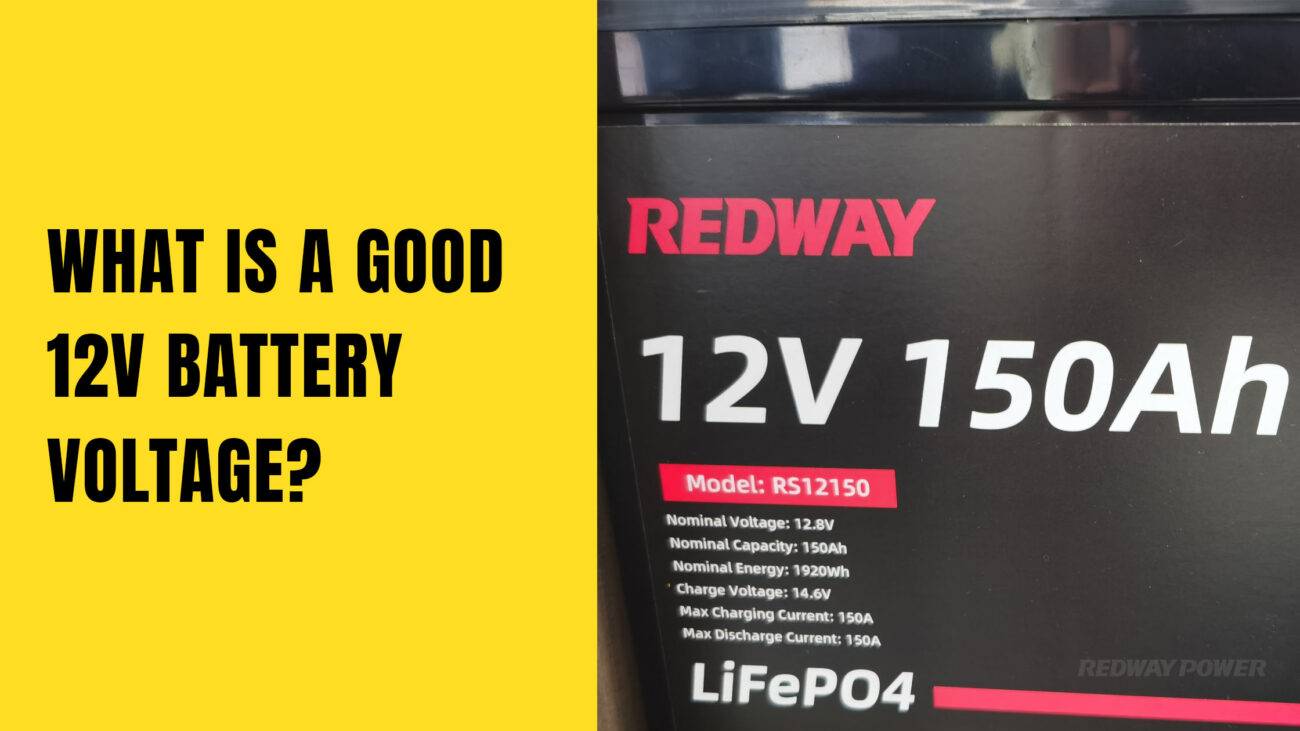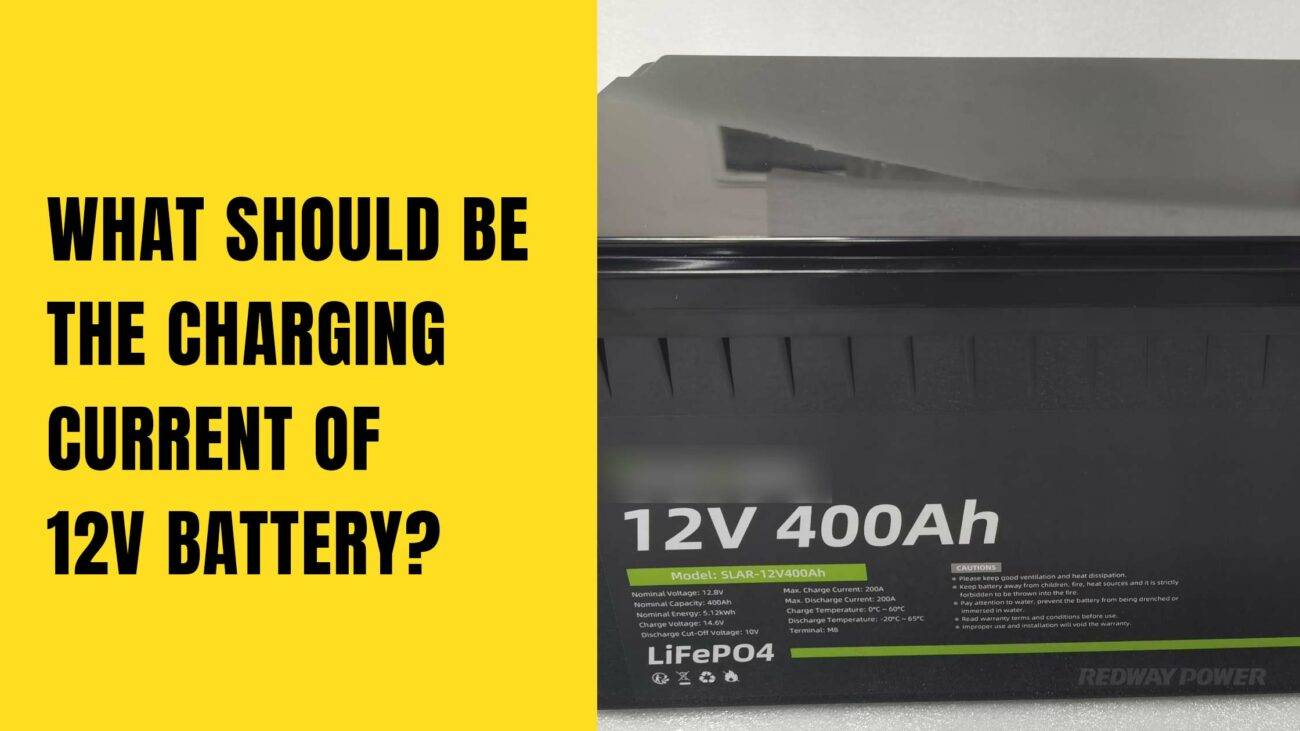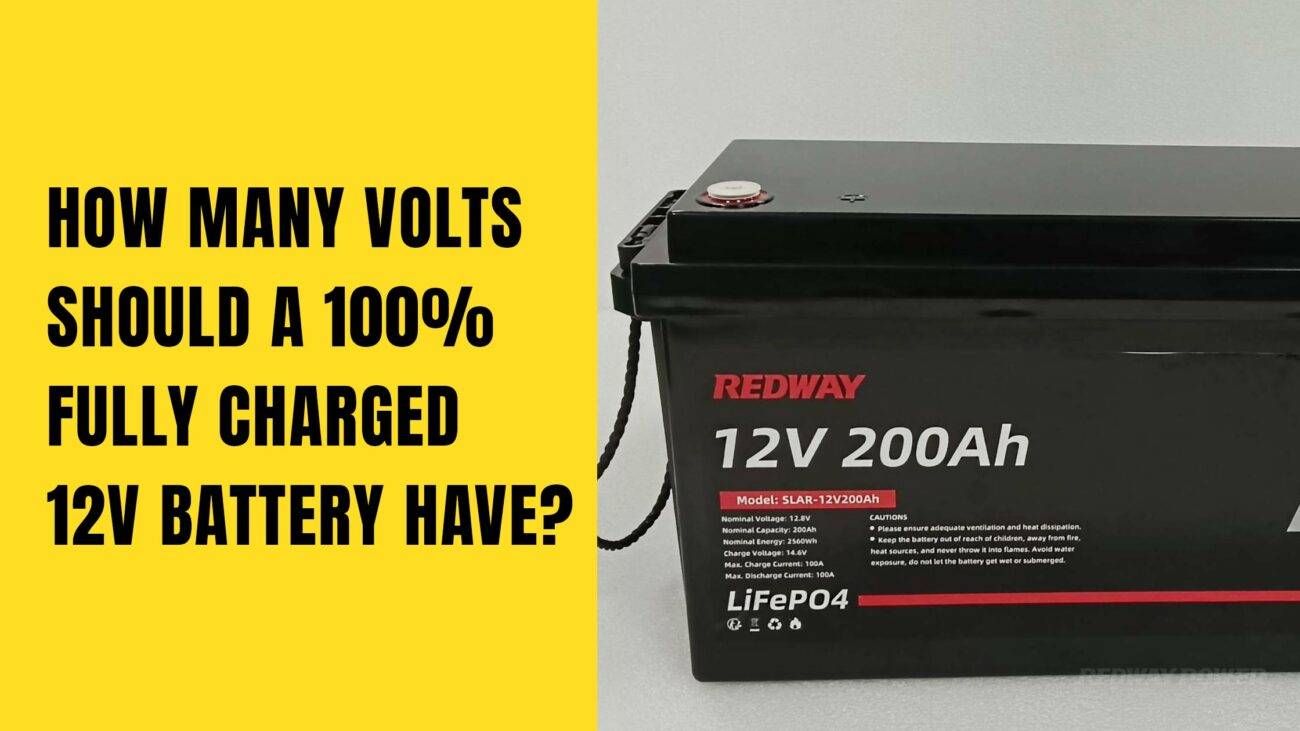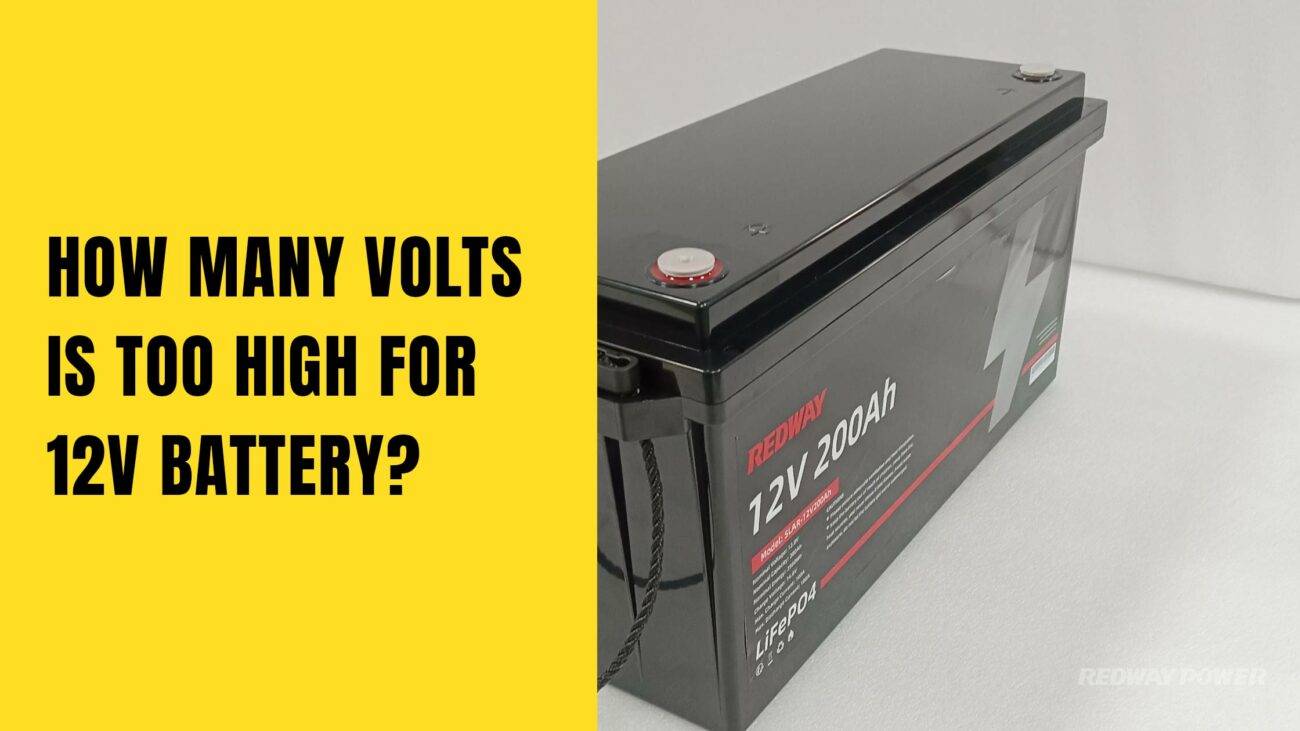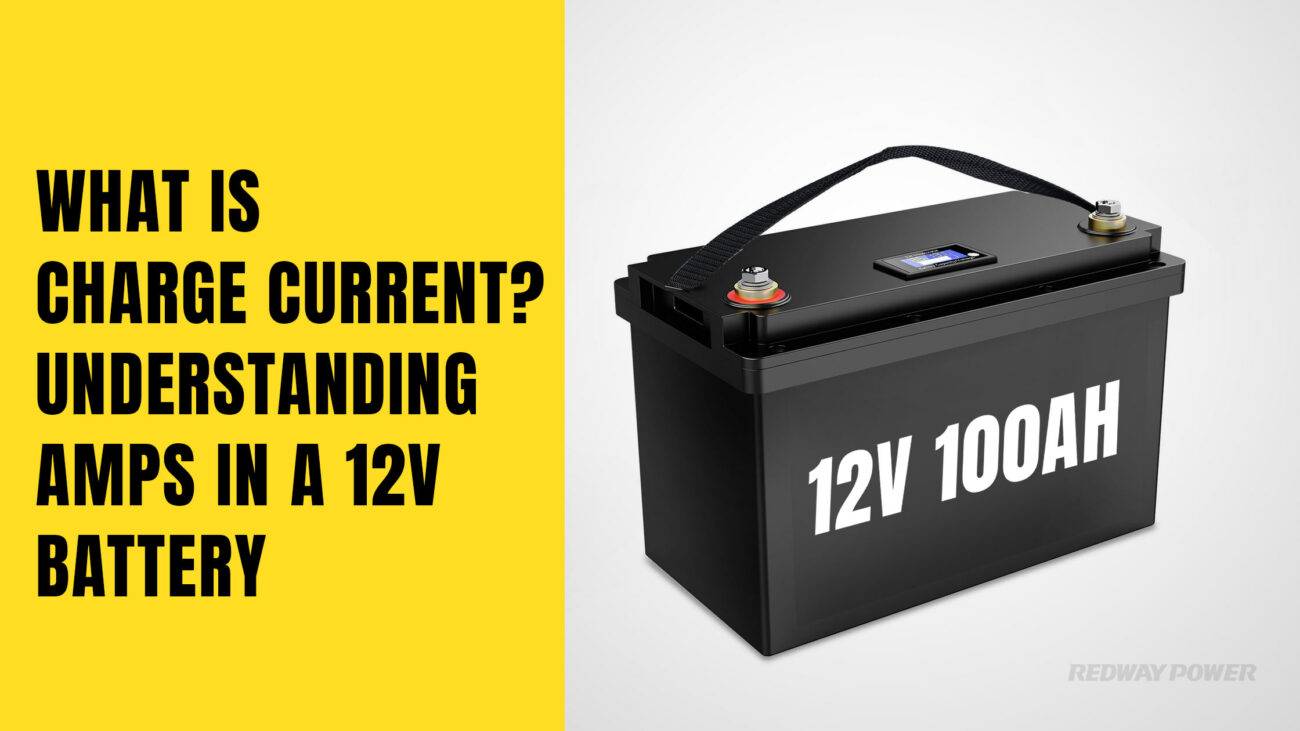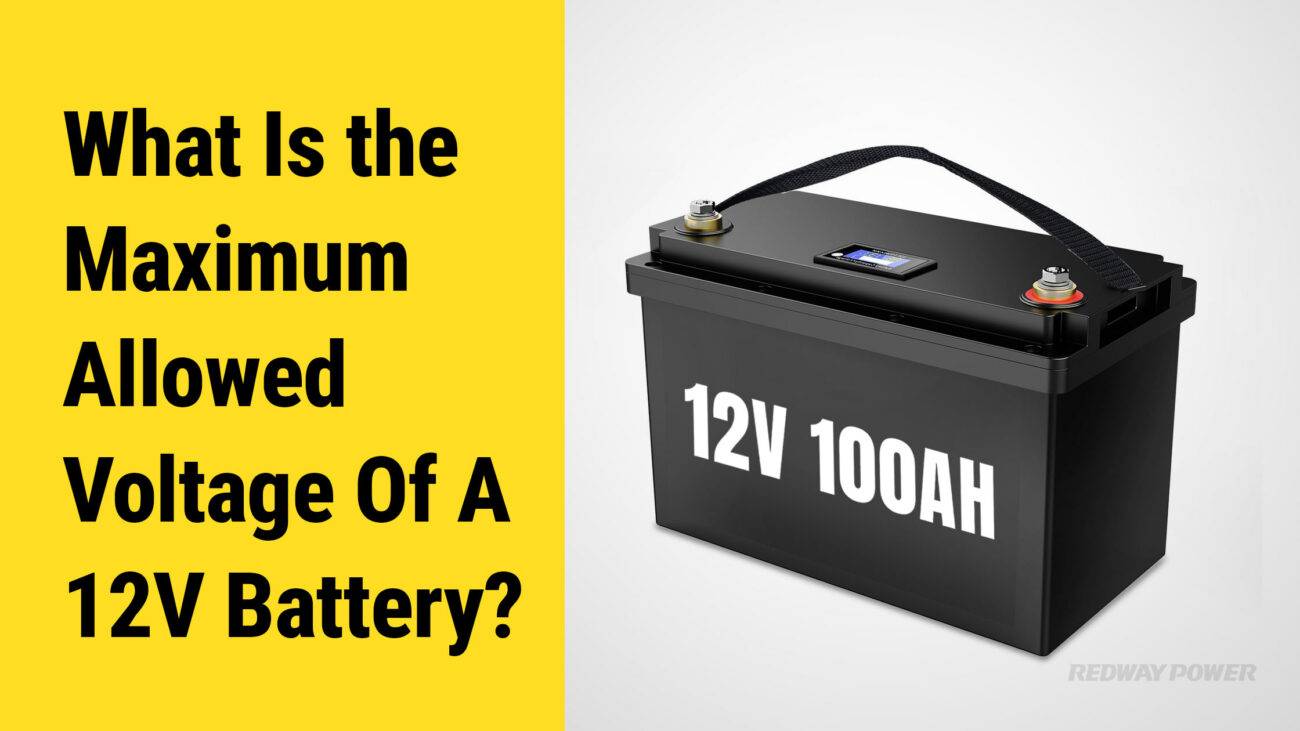Are you tired of your vehicle’s battery dying unexpectedly? Or perhaps you’re wondering if your 12V battery is performing at its optimal level. Well, look no further! In this blog post, we’ll dive into the world of 12V batteries and answer a burning question: At what voltage is a 12V battery considered low? Understanding this crucial information will help you gauge the health of your battery and keep it running smoothly. So, let’s get charged up and discover all there is to know about 12V batteries and their voltage levels!
Table of Contents
ToggleUnderstanding Voltage and Battery Capacity
Voltage represents the electrical potential difference in a battery, while capacity measures the energy stored. Battery capacity can be expressed in Amp-hours (Ah) or Watt-hours (Wh), calculated by multiplying the number of Amps by the battery voltage.
Understanding the concepts of voltage and battery capacity is crucial in assessing battery performance. Voltage refers to the electrical potential difference, while capacity measures the energy stored. Battery capacity can be expressed in Amp-hours (Ah) or Watt-hours (Wh), with the latter calculated by multiplying the number of Amps by the battery voltage.
- Voltage: Voltage represents the electrical potential difference in a battery.
- Capacity: Battery capacity measures the energy stored and can be expressed in Amp-hours (Ah) or Watt-hours (Wh).
- Calculation: Watt-hours (Wh) are calculated by multiplying the number of Amps by the battery voltage.
In conclusion, understanding the relationship between voltage and battery capacity is essential in evaluating battery performance. Voltage represents the electrical potential difference, while capacity measures the energy stored. Battery capacity can be expressed in Amp-hours (Ah) or Watt-hours (Wh), providing valuable information about the energy capacity of the battery.
Factors that Affect Battery Voltage
Factors that affect battery voltage include the cycle life, depth of discharge, temperature, and recharge rate. These factors influence the performance and lifespan of the battery.
Battery voltage can be influenced by various factors. These include the cycle life of the battery, the depth of discharge, the temperature at which the battery operates, and the recharge rate. Understanding these factors is crucial in assessing the performance and lifespan of the battery.
- Cycle Life: The number of charge and discharge cycles affects battery voltage.
- Depth of Discharge: The extent to which the battery is discharged impacts voltage.
- Temperature: Battery voltage is influenced by the operating temperature.
- Recharge Rate: The rate at which the battery is recharged can affect voltage.
In conclusion, several factors can affect battery voltage, including cycle life, depth of discharge, temperature, and recharge rate. Monitoring and understanding these factors are important for optimizing battery performance and lifespan.
Common Voltage Levels for a 12V Battery
The voltage levels of a 12V battery can vary depending on the charge. A half-charged battery may read between 13.1V and 13.2V, while a quarter-charged battery may read between 12.8V and 12.9V. A fully charged battery may read 13.4V, and a battery at 93% charge may read 13.3V.”
Understanding the voltage levels of a 12V battery is important for assessing its state of charge. A half-charged battery typically reads between 13.1V and 13.2V, while a quarter-charged battery may read between 12.8V and 12.9V. A fully charged battery can measure around 13.4V, and a battery at 93% charge may read 13.3V.
- Half-Charged: Voltage readings for a half-charged 12V battery range from 13.1V to 13.2V.
- Quarter-Charged: A quarter-charged battery may read between 12.8V and 12.9V.
- Fully Charged: A fully charged 12V battery typically measures around 13.4V.
- 93% Charge: A battery at 93% charge may read 13.3V.
In conclusion, the voltage levels of a 12V battery vary depending on the state of charge. Understanding the voltage readings can help assess the battery’s charge level. A half-charged battery ranges from 13.1V to 13.2V, while a quarter-charged battery may read between 12.8V and 12.9V. A fully charged battery measures around 13.4V, and a battery at 93% charge reads 13.3V.

Signs of a Low Voltage Battery
Signs of a low voltage battery can include dim headlights, slow crank, clicking sound when turning the key, electrical issues, old battery, bad smell, frequent jumps, swollen battery case, and backfiring.
Recognizing the signs of a low voltage battery is important for maintaining proper vehicle operation. Dim headlights, slow cranking of the engine, clicking sounds when turning the key, and electrical issues are common indicators. Other signs include an old battery, a bad smell, frequent jump-starts, a swollen battery case, and backfiring.
- Dim Headlights: Headlights appear dimmer than usual.
- Slow Crank: Engine cranks slowly when starting.
- Clicking Sound: Clicking sound when turning the key in the ignition.
- Electrical Issues: Malfunctions in the vehicle’s electrical system.
- Old Battery: Battery is past its recommended lifespan.
- Bad Smell: Unusual odor coming from the battery.
- Frequent Jumps: Needing to jump-start the vehicle frequently.
- Swollen Battery Case: Visible swelling or bulging of the battery case.
- Backfiring: Unusual and loud noises from the engine.
In conclusion, signs of a low voltage battery include dim headlights, slow cranking, clicking sounds, electrical issues, an old battery, a bad smell, frequent jump-starts, a swollen battery case, and backfiring. Recognizing these signs helps in identifying and addressing battery-related issues to ensure proper vehicle functioning.
How to Measure the Voltage of a 12V Battery
To measure the voltage of a 12V battery, use a multimeter set to the DC voltage setting. Connect the positive probe to the positive terminal and the negative probe to the negative terminal. The multimeter will display the voltage reading of the battery.
Measuring the voltage of a 12V battery is a straightforward process using a multimeter. By setting the multimeter to the DC voltage setting and connecting the probes to the battery terminals, you can obtain the voltage reading.
- Multimeter Setup: Set the multimeter to the DC voltage setting.
- Terminal Connection: Connect the positive probe to the positive terminal of the battery and the negative probe to the negative terminal.
- Voltage Reading: The multimeter will display the voltage reading of the 12V battery.
In conclusion, measuring the voltage of a 12V battery is done by setting a multimeter to the DC voltage setting and connecting the probes to the battery terminals. This simple process allows you to obtain an accurate voltage reading and assess the battery’s charge level.
Tips for Maintaining a Healthy Battery Voltage
Maintaining a healthy battery voltage involves checking the voltage regularly, monitoring the electrolyte level (for flooded batteries), recharging the battery every three months, and keeping the battery clean.
Maintaining a healthy battery voltage is crucial for optimal battery performance. By following these tips, you can ensure that your battery voltage remains at an ideal level for reliable operation.
- Regular Voltage Checks: Monitor the battery voltage regularly to identify any potential issues.
- Electrolyte Level Monitoring: For flooded batteries, keep an eye on the electrolyte level to maintain proper voltage.
- Regular Recharging: Recharge the battery every three months to prevent voltage depletion.
- Cleanliness and Maintenance: Keep the battery clean and free from corrosion to maintain voltage stability.
In conclusion, maintaining a healthy battery voltage requires regular voltage checks, electrolyte level monitoring (for flooded batteries), regular recharging, and cleanliness. By following these tips, you can ensure that your battery maintains a healthy voltage level for optimal performance.
Post Views: 49


